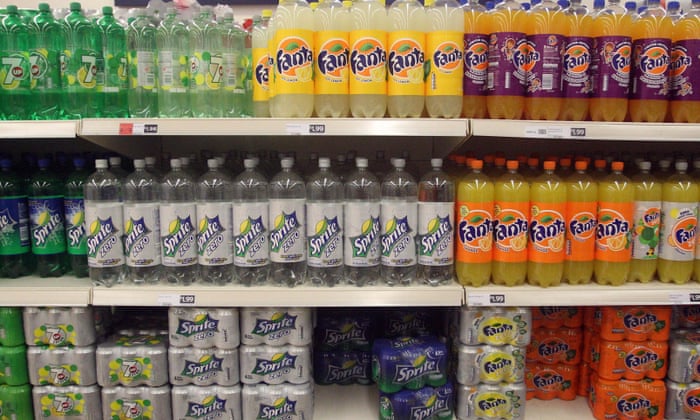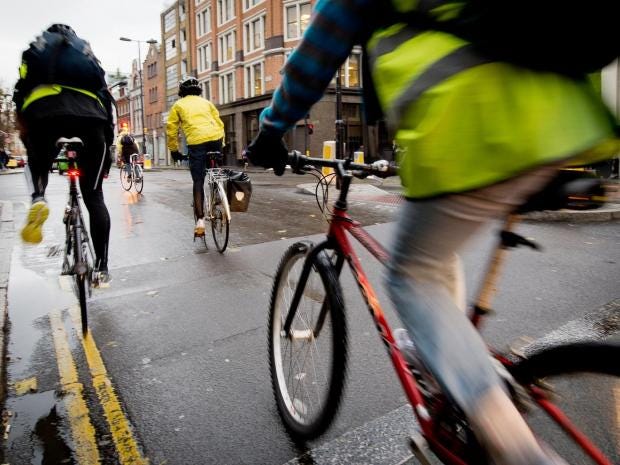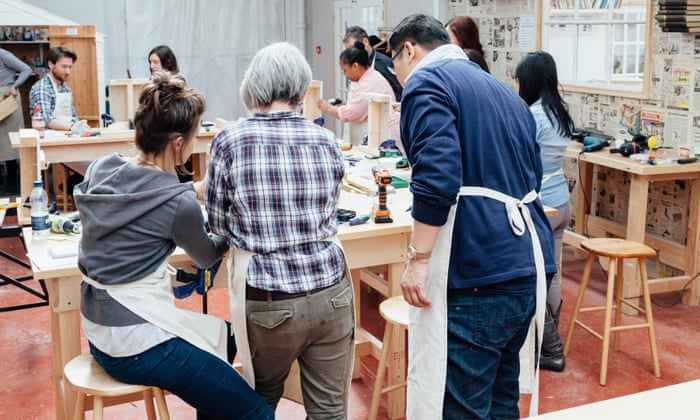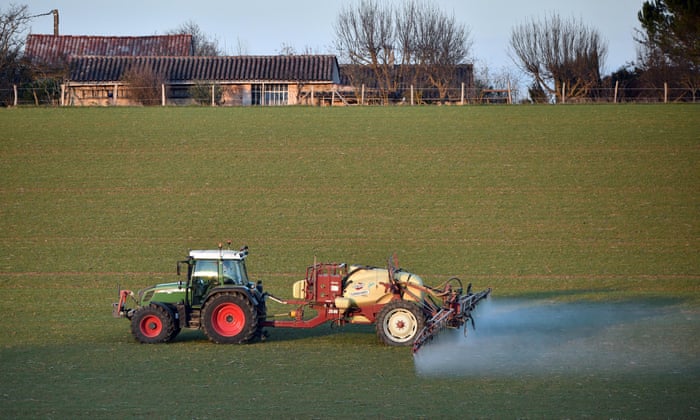by Michael Smith (Veshengro)
OK, I know, I keep repeating myself harping on about the reuse, repurposing and upcycling of glass jars (packaging waste) but it would appear that there are many who still have not gotten the message and toss most of those jars into the recycling bin (if they can even be bothered to do that).

From left to right: Back row: storage jar,water bottle, beer glass. Front row: wine/drinking glass, whisky glass
The reuse potential, as well as that for repurposing and upcycling, of glass jars is, to some extent, only limited by your imagination. They are far too valuable a resource, for the individual, to waste, even if it is to put them into the recycling bin. Especially so as they are, more often than not, not recycled into new glass jars and and/or other glass products but are downcycled into the likes of a kind of sand for road building. On top of that you and I have paid for the jars in the purchase price of whatever the product was that was packaged in those glass jars. That is the way our grandparents and their parents saw this for sure and that is why they reused every one of them that they possibly could reuse.
I must admit that I hardly ever throw out a glass jar unless, that is, I really cannot reuse it in any way, shape or form. Some do only serve one other purpose and that is as containers for waste cooking fat which, when the jar is full, goes with the jar into the waste stream. Not the best way but still a great deal better than having such waste fats go down the drain – they never should – and block the sewage pipes, which the stuff will and does.
What makes me laugh, but sometimes I don't know whether I and we all should actually cry about this, is that so many will throw good reusable glass jars into the recycling bin and then go and buy themselves recycled glass storage jars for the kitchen and pantry. They do no seem to even realize, not even when it is being pointed out to them, that that is rather silly and that they could and should rather use clean jars that they toss for that purpose instead.
I tend to find it rather funny, though in a peculiar rather than a humorous way, that the comments one encounters when one suggests reuse of produce jars for storage rather than buying storage jars such as: “But they then don't all match” or even “they may not match the decor”.
Or, when suggesting reusing jars as drinking vessels: “But what about the thread?” Yes, so, what about the thread? Hipsters use Mason jars. Oh, well, but they are “Mason” jars. It's hip to use them.
Aside from reusing glass jars for the obvious, namely for storage of all manner of things, from dry produce, over buttons, nails and screws, to whatever, there are many other reuse uses that they can be put to. A word of warning though to those that have not notices it as yet, I am weird when it comes to reusing, repurposing and upcycling.
In the time before the First World War, and even after that, the poorer classes in society rarely had the money to buy expensive – for they were – drinking glasses for daily use and many, if not indeed all, household would use certain kinds of glass jars from produce as drinking vessels. From this, more than likely, is derived the English colloquialism of “having a jar” when talking about “having a drink”. As I said, I am weird, for I do exactly the same. I repurpose glass jars for drinking water, beer, spirits; all different sizes. So, if you come to my house don't expect the Scotch to be served in a cut glass tumbler or such – no, a small glass jar it will be and the same goes for wine, though the jar will be larger.
Glass jars were, in those days of our grandparents and their parents, but even in the time of our parents, also employed as vases for cut flowers. Why worry about an expensive cut glass vase to display flowers when it is the flowers that are to be the center of attention and not the crystal vase. A nice decent clean jar will equally suffice and for (almost) nothing. Also, if it falls and breaks, oh well, no real loss, use another one. And, as you may have guessed, I do the same. Not that I do much in the way of cut flowers. I rather leave the flowers in the garden.
The same, as to the possibility of breakage, and the fact that they did not actually have the money to buy 'proper' glasses, was why the poorer classes used glass jars of all kinds as drinking glasses. If a kid dropped one and it broke; well, there was another one somewhere that he could use.
Today it has actually become hip – as in hipsters – to use Mason® jars for drinking vessels by the aforementioned hipsters. It is seen as cool and in. But why buy good and not directly cheap canning jars for this purpose and not use rather glass packaging jars? Oh , yes, sorry, forgot, because that is hip and also probably because of the pretty writing on the glasses.
Oh yes, and all the other pretty tricks that they show on the Internet as what to do with Mason® or Ball® canning jars – which now come from the same firm, by the way, namely Ball® – can all be done equally with empty glass produce jars.
So, once again think reuse, repurpose and upcycle before the trip to the recycling bin with your empty glass jar.
© 2017

























































